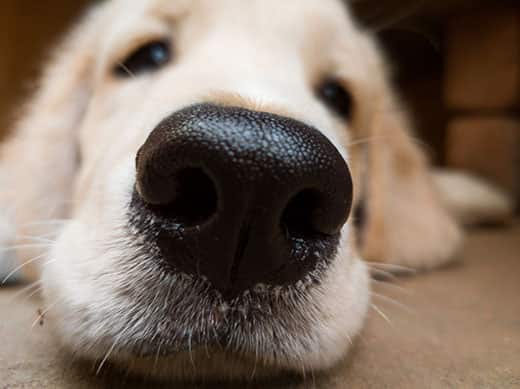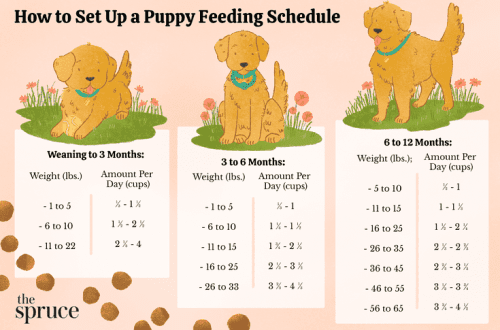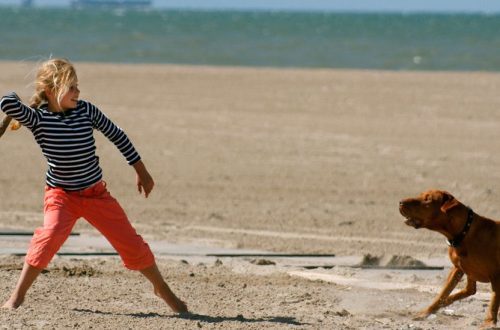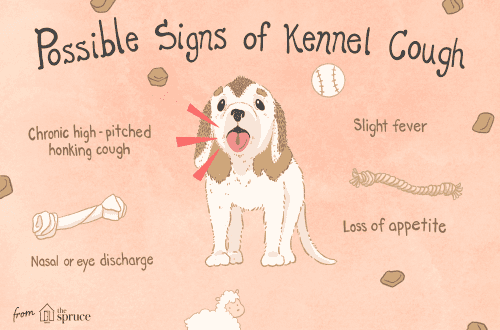
Mahimo ba nimo hikapon ang ilong sa iro?
Funny videos of funny owners pressing their dog’s nose like a button and saying “Pip!” have become a very fashionable trend lately. But such a touch is not only a way to please followers on social networks, but also one of the warm manifestations of affection for your pet.
However, can dogs touch their noses? And what if the dog doesn’t like being touched on the nose?
Kaundan
Why touch a dog’s nose
A light tap on the dog’s nose, which may or may not be accompanied by a funny “Peeep!” sound, is a fun way for the owner to show love and tenderness to their beloved pet and establish a deeper connection with it. It can also be an interesting way to say hello. Sometimes you can even see how the cat affectionately taps the dog on the nose with its paw – or vice versa!
How to touch a dog’s nose
Such tapping will not cause harm to the dog, provided it is done very carefully. Even if the pet enjoys this moment of connection with the owner, everything should be in moderation – constant touching of the nose can begin to annoy her. It is better to limit yourself to a couple of touches to the dog’s nose at a time, and then the pet and the owner will be happy to perceive this gesture as a special “handshake”.
Should children be allowed to touch a dog’s nose?
Children usually I like touching my dog’s nosebut it is important to ensure that they do so carefully. Not all kids understand how to control their impulses so as not to cause discomfort to the animal, and they do not know how to stop playing in time. Therefore, before allowing a child to tap a dog on the nose, it is important to make sure that he is trained in safe interaction with pets.
To begin with, you need to assess whether the child can pet the dog affectionately and gently touch it, refraining from sudden movements or actions that may cause the animal to feel threatened. The latter include attempts to grab the tail, take away food or toys, or drive into a corner.
Once the owner has confidence in the baby’s ability to safely interact with animals, you can allow him to lightly touch the dog’s nose, using his own hand as a guide – to demonstrate the power of touch to the child. Then you should observe from the side for any tapping on the nose until the baby is comfortable with this gesture.
Very young children should not be allowed to touch the muzzle of an animal at all. At this stage of their development, they cannot understand and interpret lengguahe sa lawas sa iro, so they won’t be able to safely make that cute gesture.
To ensure the comfort of the pet, it is always recommended to maintain a reasonable distance between the dog and those who enjoy overly active games.
When not to touch your dog’s nose
Not all animals enjoy friendly tapping on the nose. If the dog removes the muzzle, this is most likely a signal that he does not like it very much. In such cases, it is better to limit light scratching of the back or head as a show of tenderness, which she will definitely like. If the pet growls, cringes, or otherwise exhibits abnormal behavior, this also indicates that it is best to avoid touching the nose. First of all, this applies to children who do not yet fully understand the difference between a happy, frightened or anxious animal.
Also, don’t touch your dog if his nose hurts because of an illness, injury, or other problem, such as udyong sa buyog. It is better to let the nose heal so as not to aggravate the pain and not form the association of a normally pleasant activity with pain. In addition, touching the nose should be avoided when the pet is eating.
Dogs love welcome taps too.
The gesture of friendly tapping on the nose is not only liked by humans: dogs and other animals have been known to touch the noses of their loved ones, including owners, from time to time.
A pet can do this in two ways: firstly, it can raise its paw and gently touch it, and secondly, it will poke its muzzle, most often in the arm, leg, or even face if the owner is close enough.
If the dog sniffs the hand or face, this gesture should be taken as a sign of affection. She is trying to make physical contact, and physical contact is the universal sign of love.
So what’s the verdict on nose tapping? If everything is done carefully, then this fun gesture will help you get even closer to your beloved dog.
Tan-awa usab:
- Unsa ang gihunahuna sa imong iro?
- Siyentipikanhong katin-awan sa kinaiya sa iro
- Ngano nga ang usa ka iro nagtabon sa iyang nawong sa iyang mga tiil?





